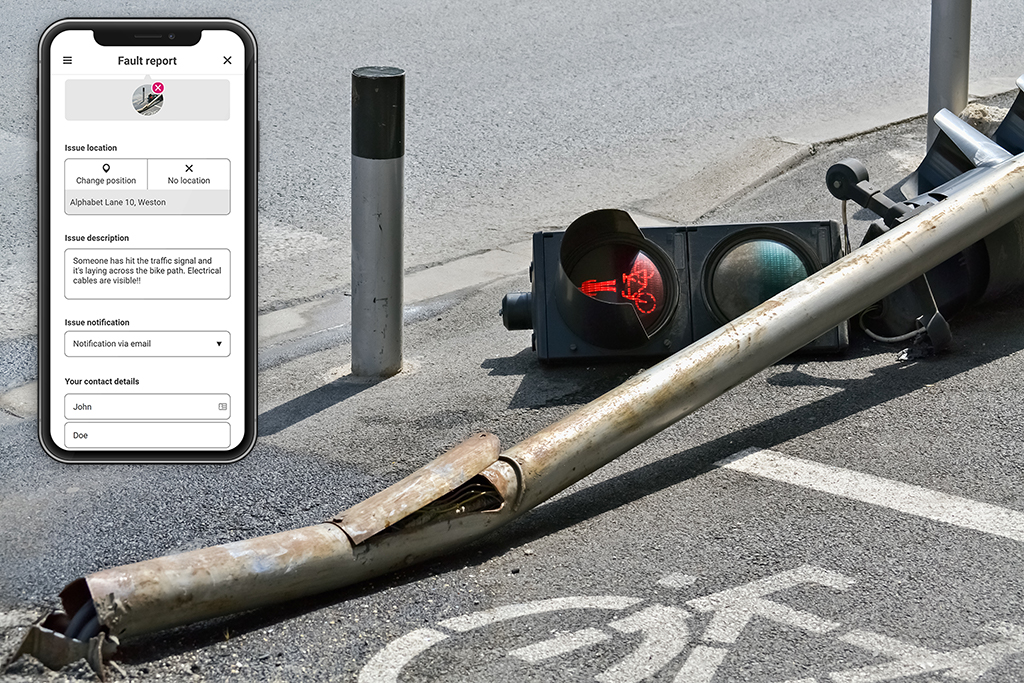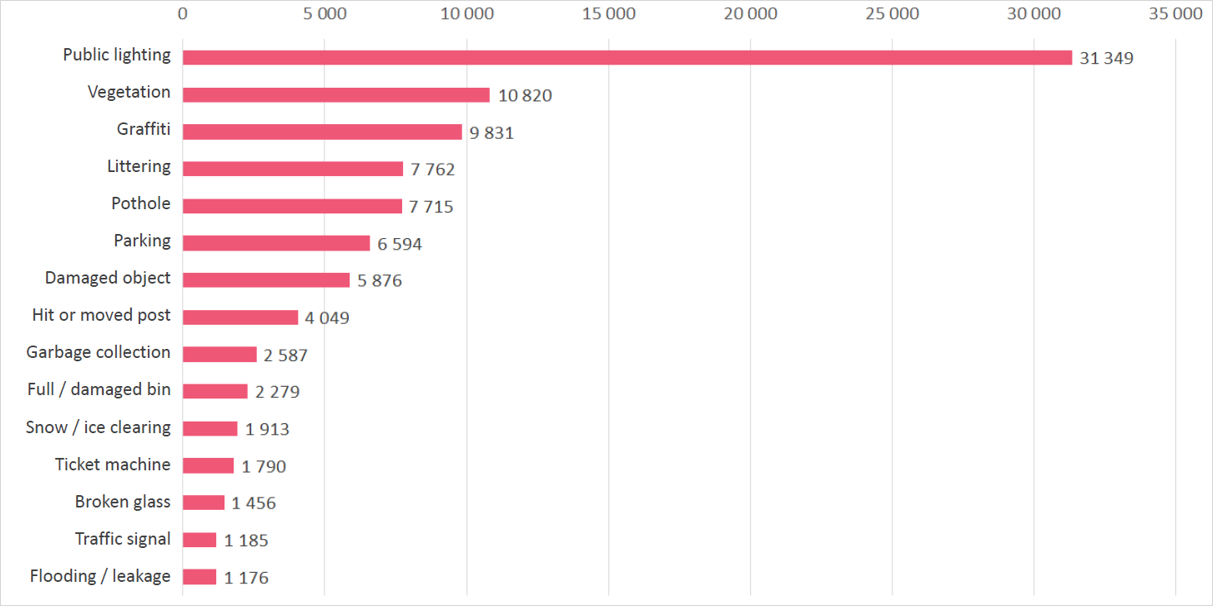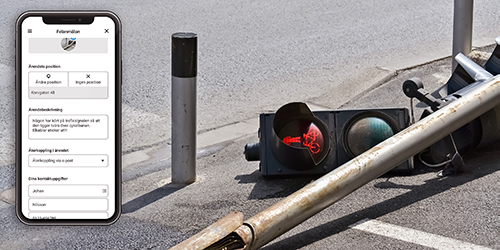
Photo: Adobe Stock / Infracontrol
Just over 160 customers currently simplify their technical administration with Infracontrol Online. During 2020, about 500,000 fault reports, comments and technical alarms were processed by the service. While simplifying the handling of these cases, the data collected also provides useful information about the current status of infrastructure, service, and maintenance of a society. Above all, it gives an indication of which problems residents are facing in daily life, and consequently, which priorities should be made in order to provide simpler, safer, and better everyday life.
Per Andersson, Infracontrol Online product manager, commenting the summary of reported faults:
– The most frequent fault reports made during 2020 in Swedish municipalities did, just as in previous years, concern lighting. Around 31,000 lighting cases were registered. Vegetation cases were in second place with just over 10,000 cases. Graffiti, with 9,800 cases came in third. These are the total numbers for all connected municipalities in Sweden, and the distribution of faults naturally varies between them. Nevertheless, these figures give the municipalities an idea of what the residents think is important, and where improvements are called for.
Helping municipalities improve
Faults or observations reported provides information about items that are malfunctioning or that can be improved.
– Every municipality would benefit from knowing what their inhabitants think, says Johan Höglund, CEO of Infracontrol. By making faults and observations easier to report, we can fix malfunctions quickly while also enjoying a kind of continuous customer survey that measures the level of service in the municipality.
With 206,000 residents and just above 90 000 cases in 2020, Cascais in Portugal is the municipality that handles the most cases using the service. It is followed by Uppsala with 178,000 residents and 31,000 cases.
Increased app usage
More and more people are using the Infracontrol app to report faults and observations. In 2020, the number of cases reported using the app increased by no less than 23 percent compared to 2019, says Per Andersson.
– The app makes it easy for residents to report faults wherever they are. They take one or a few photos of the problem, and if they wish, the location is automatically recorded. By categorizing their fault reports with a few simple options, cases are processed quickly and easily and allocated to right person for action.
He tells us that as more and more people use the app, the proportion of fault reports and observations submitted via the web forms on local authority websites decreases. In 2020 the breakdown was 53% via forms, and 47% via the app. Per is pleased to see the increase, the app also makes case handling easier:
– Because the quality of information is often better when faults are reported through the app, such cases can be handled more quickly. This allows the municipality’s contact center and case handlers to focus on issues that require more time and dialog. These might be e.g. observations submitted as suggestions for improvements, where the case handler must respond with more comprehensive feedback than for everyday faults.

Number of most common fault reports in 2020
Automation speeds up the processes
All fault reports, observations, commendations, technical alarms, and work orders become cases in Infracontrol Online. Thanks to a smart categorization, they are then automatically allocated to the right person for action. Today, faults and observations are predominantly manually reported, and amount to around 80% of the total number of cases, but the proportion of automatic technical alarms is increasing.
– We can see from statistics that when we connect existing technical systems or IoT sensors to the service, the number of fault reports is significantly reduced, says Per Andersson. Faults can then be detected automatically and allocated to the right person for action, often before anyone even notices anything wrong.
Per Andersson further tells us that this is especially important in mission-critical infrastructure:
– Infracontrol Online was designed to simplify the exchange of information with all kinds of systems for technical installations and retrieving alarms from them is quick and easy.








